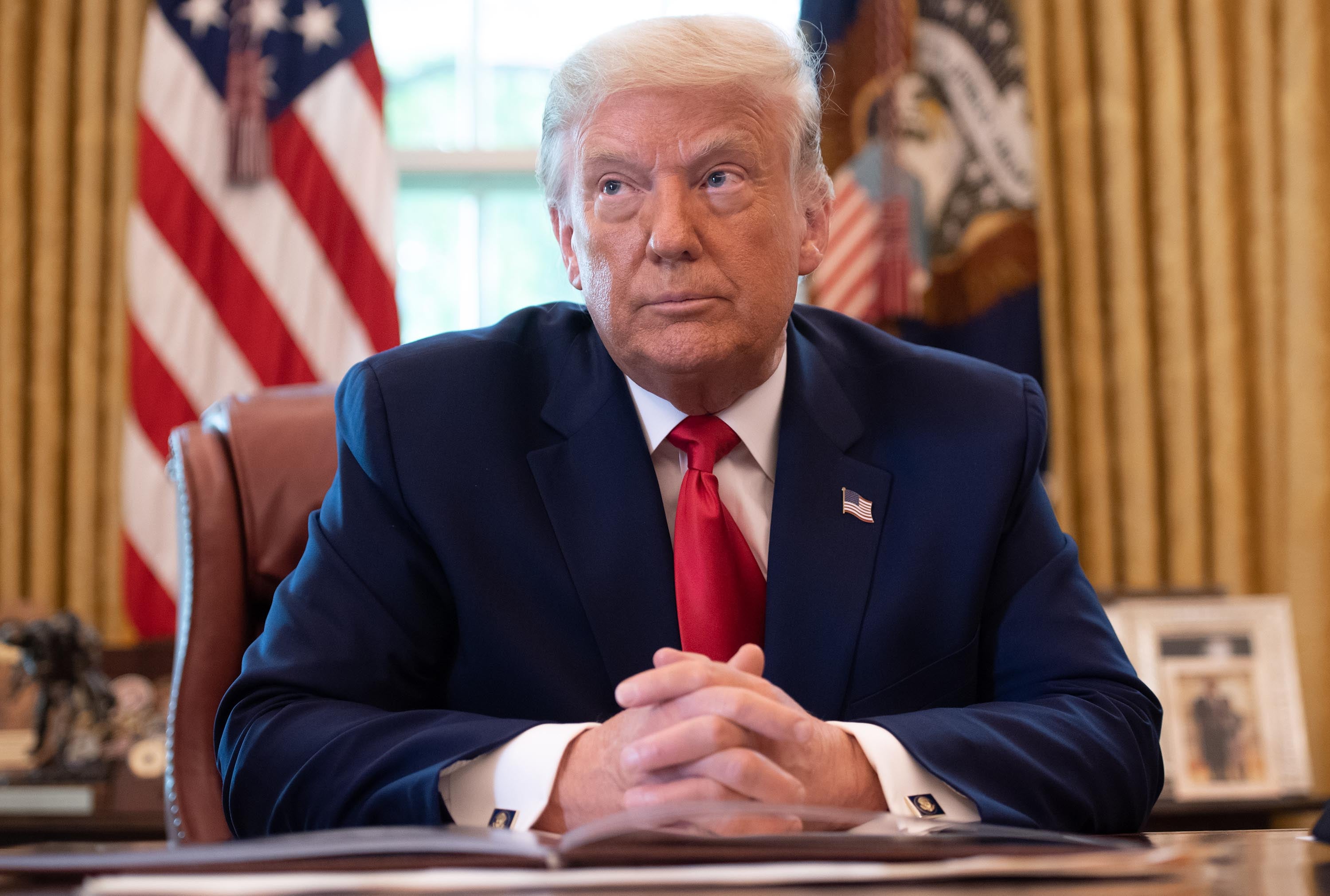Trump tends to his electoral map, Biden eyes Obama boost
WASHINGTON (AP) — President Donald Trump is hopping from one must-win
stop on the electoral map to the next in the leadup to a final
presidential debate that may be his last, best chance to alter the
trajectory of the 2020 campaign.
As
Democrat Joe Biden holes up for debate prep in advance of Thursday’s
faceoff in Nashville, Tennessee, he’s hoping for a boost from former
President Barack Obama, who will be holding his first in-person campaign event for Biden
on Wednesday in Philadelphia. Obama, who has become increasingly
critical of Trump over the three and a half years since he left office,
will address a drive-in rally, where supporters will listen to him over
the radio inside their cars.
It comes a day after Trump, trailing
in polls in many battleground states, stopped in Pennsylvania on
Tuesday. Trump was bound for North Carolina on Wednesday as he delivers
what his campaign sees as his closing message.
“This is an
election between a Trump super recovery and a Biden depression,” the
president said in Erie, Pennsylvania. “You will have a depression the
likes of which you have never seen.” He added: “If you want depression,
doom and despair, vote for Sleepy Joe. And boredom.”
But the Republican president’s pitch that he should lead the rebuilding of an economy ravaged by the coronavirus pandemic
has been overshadowed by a series of fights. In the last two days he
has attacked the nation’s leading infectious disease expert and a
venerable TV newsmagazine while suggesting that the country was tired of
talking about a virus that has killed more than 221,000 people in the United States.
Before
leaving the White House for Pennsylvania on Tuesday, Trump taped part
of an interview with CBS’ “60 Minutes” that apparently ended
acrimoniously. On Twitter, the president declared his interview with
Lesley Stahl to be “FAKE and BIASED,” and he threatened to release a
White House edit of it before its Sunday airtime.
Also trailing in fundraising
for campaign ads, Trump is increasingly relying on his signature
campaign rallies to maximize turnout among his GOP base. His trip to
Pennsylvania on Tuesday was one of what is expected to be several visits
to the state in the next two weeks.
“If we win Pennsylvania, we win the whole thing,” Trump said in Erie.
Erie
County, which includes the aging industrial city in the state’s
northwest corner, went for Obama by 5 percentage points in 2012 but
broke for Trump by 2 in 2016. That swing, fueled by Trump’s success with
white, working-class, non-college-educated voters, was replicated in
small cities and towns and rural areas and helped him overcome Hillary
Clinton’s victories in the state’s big cities.
But Trump will
probably need to run up the score by more this time around as his
prospects have slipped since 2016 in vote-rich suburban Philadelphia,
where he underperformed by past Republican measures. This raises the
stakes for his campaign’s more aggressive outreach to new rural and
small-town voters across the industrial north.
His aides worry
that his opponent is uniquely situated to prevent that, as Biden not
only hails from Scranton but has built his political persona as a
representative of the middle and working classes.
Trump, who spoke
for less than an hour, showed the crowd a video of various Biden
comments on fracking in a bid to portray the Democrat as opposed to the
process. The issue is critical in a state that is the second leading
producer of natural gas in the country. Biden’s actual position is that
he would ban new gas and oil permits, including for fracking, on federal
lands only. The vast majority of oil and gas does not come from federal
lands.
Three weeks of wrangling over the debate format and
structure appeared to have subsided after the Commission on Presidential
Debates came out with procedures meant to reduce the chaotic
interruptions that plagued the first Trump-Biden encounter last month.
This
time, Trump and Biden will each have his microphone cut off while his
rival delivers an opening two-minute answer to each of the six debate
topics, the commission announced. The mute button won’t figure in the
open discussion portion of the debate.
Trump was to have been
joined in Erie by first lady Melania Trump, in what would have been her
first public appearance since she and the president were sickened with
COVID-19. But her chief of staff, Stephanie Grisham, said Tuesday that Mrs. Trump has a lingering cough and would not accompany the president.
As
Trump was on the road, Biden was meeting at his lakeside home in
Wilmington, Delaware, with senior adviser Ron Klain, who is in charge of
debate preparation. Also on hand: a group of aides that the campaign
has purposely kept small to reduce the risk of spreading the
coronavirus.
Biden, who taped his own interview with “60 Minutes”
on Monday at a theater near his home, had no public events Tuesday or
Wednesday and wasn’t scheduled to travel — except to the debate — on
Thursday. His running mate, California Sen. Kamala Harris, was out
campaigning.
Biden is now tested about every two days for the
coronavirus and has never been found to be positive. He suggested before
last week’s planned second debate in Miami that the proceedings
shouldn’t happen if Trump was still testing positive for COVID-19 after contracting the virus earlier in the month.
The candidates instead held dueling town halls
on separate networks after the commission said the debate should occur
virtually, citing safety concerns, and Trump rejected the idea.
Weissert reported from Wilmington, Delaware. Miller reported from Washington. AP writers Jill Colvin, Kevin Freking and Deb Riechmann in Washington contributed to this report.



